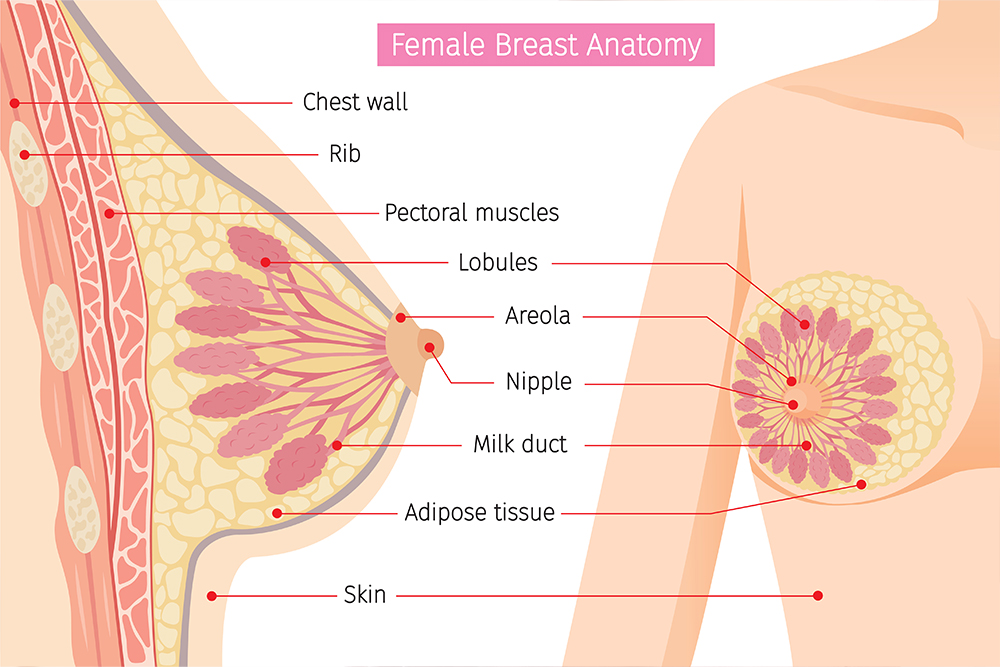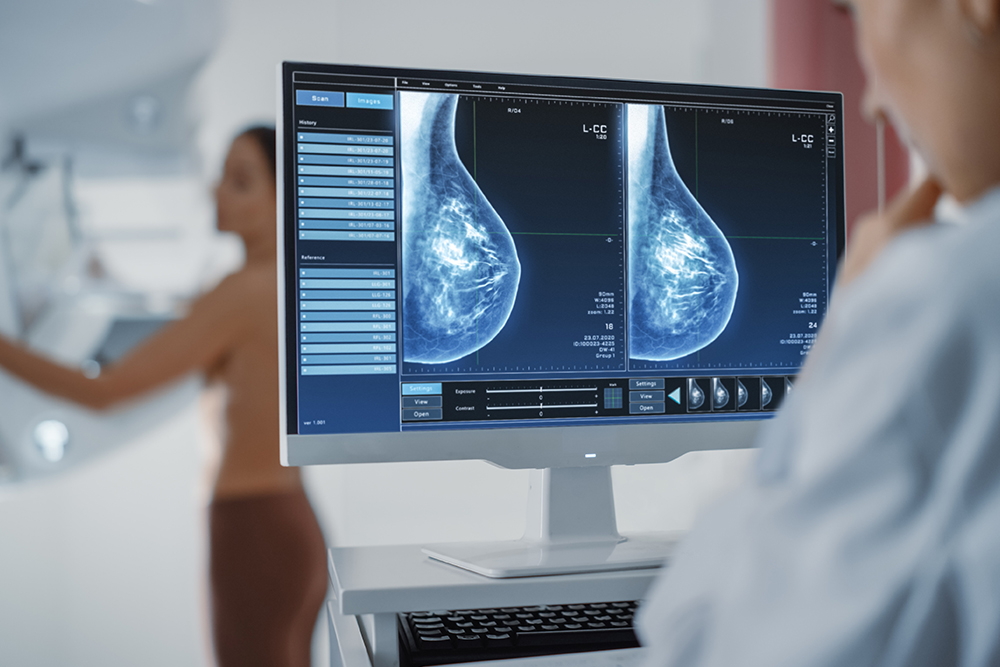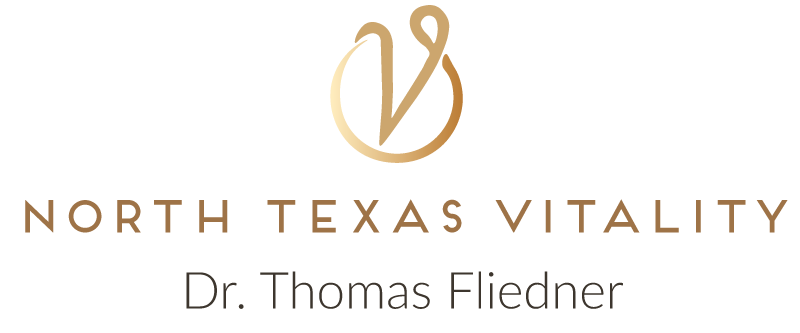The Ultimate Guide to Breast Health with Preventative Care Tips

Welcome to the ultimate guide to breast health! Taking care of your breasts is important not only for your physical well-being but also for your peace of mind. Our comprehensive guide provides essential preventive care tips that every woman should know.
Having worked 30+ years supporting women’s breast health, we understand the many worries and questions that women have regarding their breasts. Our goal with this special guide is to ease your concerns and to help you navigate the various aspects of breast health, from self-examination techniques and lifestyle adjustments to screenings and early detection.
Whether you’re in your 20s or your 50s, it’s never too early or too late to start prioritizing your breast health. Our easy-to-follow recommendations will empower you to take proactive steps toward maintaining breast health and reducing the risk of potential complications.
Remember, knowledge is power when it comes to breast health. Let’s dive in and discover the valuable preventive care tips to take good care of your breasts and ease your mind.
The Importance of Good Breast Health
Your breasts play a crucial role in your overall health and well-being. They are a defining feature of femininity and serve as an amazing source of nourishment for your baby. Taking care of your breasts is essential to ensure their proper functioning and to reduce the risk of potential complications. By prioritizing your breast health, you are taking proactive steps towards a healthier future.
Breast health is not limited to a specific age group. Whether you’re in your 20s or your 50s, it’s never too early or too late to start prioritizing your breast health. Regular breast care practices can help detect abnormalities early on and improve treatment outcomes in case of any issues. By incorporating preventive measures into your routine, you can maintain optimal breast health and minimize the risk of breast-related complications.

Breast Anatomy and Common Issues
Before we delve into preventive care tips, it’s important to have a basic understanding of breast anatomy and common issues that may arise.
Breasts are composed of glandular tissue, fatty tissue, and connective tissue. They are supported by ligaments and are located over the pectoral muscles on the chest wall. Each breast contains multiple lobes, which further divide into lobules that produce milk.
Breast-related issues can vary from person to person, but some common concerns include breast pain, changes in breast size or shape, nipple discharge, and lumps or masses. Experiencing any of these symptoms does not automatically mean you have breast cancer. We understand how women worry when they experience abnormal pain or a small lump during a self-examination. If you are at all concerned, schedule an appointment immediately with Dr. Fliedner to assess your breast health and rule out any potential underlying conditions.
Breast Cancer Statistics and Risk Factors
Chances of Developing Breast Cancer:
The worry among women about breast cancer is real. “The average risk of a woman in the United States developing breast cancer sometime in her life is about 13%,” according to the American Cancer Society. This means one in eight women will get breast cancer, but it also means seven in eight women won’t.
Trends in Breast Cancer Death:
“Breast cancer is the second leading cause of cancer death in women. (Only lung cancer kills more women each year.) The chance that a woman will die from breast cancer is about 1 in 40 (about 2.5%)”(American Cancer Society). If you still smoke, come see Dr. Fliedner. He and his staff will support you in kicking the smoking habit.
Breast cancer can affect anyone; however, certain risk factors increase the likelihood of developing the disease. Age is a significant risk factor, with the majority of breast cancer cases occurring in women over the age of 50. Additionally, having a family history of breast cancer, certain genetic mutations, obesity, and excessive alcohol consumption can increase the risk. While these factors cannot be modified, lifestyle choices and preventative care can greatly reduce the risk of developing cancer.

Preventative Care Practices to Maintain Breast Health
Preventive care practices are essential for maintaining breast health and reducing the risk of potential complications. By incorporating these practices into your routine, you can actively monitor your breast health and detect any changes early on. We recommend you regularly perform these practices and communicate with your ob-gyn about any changes or concerns you may have.
1. Self-examination techniques and how to perform them
Regular breast self-examinations are a vital part of preventive care. By performing self-examinations, you can familiarize yourself with the normal look and feel of your breasts, making it easier to identify any changes or abnormalities. To perform a self-examination, follow these steps:
- Stand in front of a mirror and visually inspect your breasts for any changes in size, shape, or skin texture. Look for any visible lumps, dimpling, or puckering.
- Raise your arms above your head and check for the same changes from a different angle.
- Lie down and use the pads of your fingers to feel your breasts in a circular motion, starting from the outside and moving towards the nipple. Pay attention to any lumps or thickening of tissue.
- Finally, gently squeeze each nipple and check for any discharge.
Performing self-examinations on a monthly basis can help you become more aware of your breast health and detect any changes early on. It’s important to note that self-examinations should not replace regular screenings or clinical examinations but rather serve as an additional practice for proactive breast health care.
2. The role of mammograms in early detection
Mammograms are an essential practice in the early detection of breast cancer. A mammogram is a low-dose X-ray of the breast that can detect small abnormalities before they are detectable by touch. The American Cancer Society recommends that women aged 40 and above undergo regular mammograms every one to two years, depending on their risk factors and healthcare provider’s recommendations.
During a mammogram, your breast will be compressed between two plates, and X-ray images will be taken from different angles. While mammograms can be uncomfortable, they are a crucial step in detecting breast cancer at an early stage when treatment options are more effective. It’s important to discuss the frequency of mammograms with your healthcare provider based on your age, risk factors, and personal medical history.
3. Lifestyle factors that impact breast health
Maintaining a healthy lifestyle can significantly impact your breast health. Here are some lifestyle factors to consider:
- Regular exercise: Regular physical activity can help reduce the risk of breast cancer. Aim for at least 150 minutes of moderate or 75 minutes of vigorous-intensity exercise per week.
- Healthy diet: A balanced diet rich in fruits, vegetables, whole grains, lean proteins, and healthy fats can contribute to overall breast health. Limiting consumption of processed foods, sugary drinks, and saturated fats is also recommended.
- Limiting alcohol consumption: Excessive alcohol consumption has been linked to an increased risk of breast cancer. It is recommended to limit alcohol intake to one drink per day or avoid it altogether.
- Maintaining a healthy weight: Obesity is associated with an increased risk of breast cancer. Maintaining a healthy weight through a balanced diet and regular exercise can help reduce this risk.
By adopting these lifestyle practices, you can take proactive steps toward maintaining optimal breast health and reducing the risk of potential complications.
Nutritional Guidelines to Promote Breast Health
A healthy diet is crucial in maintaining overall well-being and breast health. While there is no specific food or diet that can guarantee the prevention of breast cancer, certain nutritional guidelines can help promote breast health and reduce the risk of potential complications. Here are some key dietary recommendations to consider:
- Eat a variety of fruits and vegetables: Fruits and vegetables are rich in antioxidants, vitamins, and minerals that support overall health. Aim for a colorful plate filled with various fruits and vegetables to ensure you get a wide range of nutrients.
- Choose whole grains: Whole grains, such as brown rice, quinoa, and whole wheat bread, are a great source of fiber and essential nutrients. They can help regulate blood sugar levels and promote digestive health.
- Opt for lean proteins: Incorporate lean protein sources, such as skinless poultry, fish, legumes, and tofu, into your diet. Protein is essential for tissue repair and maintenance.
- Limit processed foods: Processed foods often contain added sugars, unhealthy fats, and preservatives. Opt for whole, unprocessed foods whenever possible to reduce the intake of these potentially harmful substances.
- Stay hydrated: Drinking adequate water throughout the day is essential for overall health. Aim to drink at least eight cups of water daily to stay hydrated.
It’s important to note that maintaining a healthy diet is just one aspect of promoting breast health. Regular screenings, self-examinations, and lifestyle choices should all be part of a comprehensive approach to breast care.
Breast Health Resources
Navigating breast health can sometimes be overwhelming, and North Texas Vitality is here to support you and educate you on practices to improve breast health. Dr. Fliedner and his team are an invaluable resource for information and guidance on breast health. They will provide personalized recommendations based on your medical history, risk factors, and concerns. Reach out to our office with any questions you have about your breast health.
Additionally, we recommend a few organizations that provide guidance and support.
- National Breast Cancer Foundation (NBCF): The NBCF provides free mammograms, education, support, and early detection services to women in need. Their website offers comprehensive information on breast health, risk factors, and early detection techniques.
- American Cancer Society (ACS): The ACS is a reputable organization that provides extensive resources on breast health, including screening guidelines and information on various treatment options. They also offer support services for individuals affected by breast cancer.
- Breast Cancer Research Foundation (BCRF): The BCRF funds research projects to prevent and cure breast cancer. Their website provides valuable information on breast health, research initiatives, and ways to support their cause.
Utilizing these resources and support organizations will help you stay informed, access necessary screenings, and find support throughout your breast health journey.
Learn More to Maintain Breast Health
Prioritizing breast health is essential for every woman. By understanding breast anatomy, common issues, and the risk factors associated with breast cancer, you can take proactive steps toward maintaining optimal breast health. Regular self-examinations, mammograms, and healthy lifestyle choices are key preventive care components. Adopting a balanced diet and accessing available resources and support organizations can further enhance your breast health journey.
At North Texas Vitality, we love to provide our patients with ongoing education. We subscribe to the theory that knowledge is power, and with more information, our patients make better health decisions. Staying informed, practicing self-care, and seeking professional guidance are steps you can take to improve your breast health. Make breast health a priority throughout your life, and encourage the women around you to do the same. Together, we can promote a healthier future for all.
To make an appointment about your breast health, contact our office by calling 469-455-1665 or drop us an email by filling out the form below.
